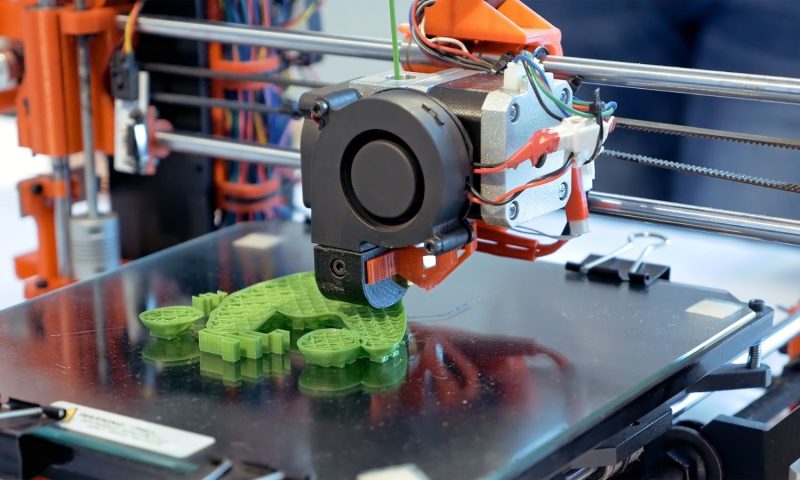3D printing is all about the specialty projects that you can fulfill for your customers. Look here for the top filaments to consider for your next project.
When it comes to 3D printing, specialty filaments are the bread and butter of the professional community. Specialty filaments allow printers to print objects that exhibit unique characteristics that benefit the project as a whole. However, specialty filaments are not quite as widely known as standard printer filaments. To familiarize yourself with these amazing materials and incorporate them into your projects, read on to learn more about the top specialty filaments you should use when 3D printing.
Flexible Filaments
Some of the most notable specialty filaments include flexible filaments. You might not immediately think of flexible filaments as a type of specialty filament. However, when you consider the fact that it is often made of an elastic polymer, it starts to become clear why this filament is unique. In most cases, flexible filaments are made of a type of plastic called TPU, which allows for their characteristic bending and flexible nature. Furthermore, because these are so prone to mechanical force, these filaments also happen to be extremely shock resistant, making them suitable for many different types of projects.
Heat-Resistant Filaments
Another option to consider when 3D printing is a heat-resistant filament. These filaments are special in that they sport a unique brand of heat resistance that allows them to function where other products can’t.
Unlike regular plastics, these types of filaments usually bend or flex underneath heat rather than melt or lose their shape. For this reason, these types of filaments are ideal for projects like vehicles. In fact, heat-resistant filaments commonly feature in custom-built cars because plastic parts are often cheaper and easier to source. It goes without saying that these parts sport a long lifespan, which is also why many fabrication companies utilize these filaments over others.
Conductive Filaments
Lastly, probably the least heard of specialty filament that you should definitely consider when 3D printing is a conductive filament. Conductive filaments are special in that they support a specific amount of heat conductivity that you can measure and reproduce time and time again.
These filaments are extremely useful in several niche areas, such as in safety projects and temperature designation activities. While this may not be the best filament to use for absolutely any project, it is certainly one to consider if your work calls for a heat-conducting material.
There are many different kinds ofspecialty filaments to consider when 3D printing. It’s no secret that specialty filaments are on the rise. These types of filaments have many different uses in a wide variety of settings, so be sure to keep these options in mind as you tackle your next 3D printing project.
